Is it possible to wash white items with colored items?
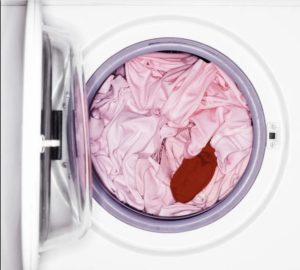 Before washing, items must be sorted: by volume, type of fabric and color. But if in the first two cases the housewife faces only imbalance and unwashed dirt, then in the third one she may even lose her favorite clothes. The reason is shedding and coloring. We suggest you figure out when you can wash white clothes with colored ones and how to correct the consequences of an unsuccessful “neighborhood”.
Before washing, items must be sorted: by volume, type of fabric and color. But if in the first two cases the housewife faces only imbalance and unwashed dirt, then in the third one she may even lose her favorite clothes. The reason is shedding and coloring. We suggest you figure out when you can wash white clothes with colored ones and how to correct the consequences of an unsuccessful “neighborhood”.
Cases when this should not be allowed
Every experienced housewife knows that it is impossible to wash white, colored and black clothes together - they fade a lot when exposed to moisture. The exchange of dyes leads to sad consequences: things lose their original shade and become unattractive. Fortunately, this scenario is easy to avoid.
The first rule is to avoid washing colored and white clothes in the machine at the same time in the following situations:
- when the clothes are new (if the item has not previously been in contact with water, it means that the pigment has not attached to the fabric and is highly likely to be washed in the drum);
- when high-temperature washing is planned (when water is heated above 30 degrees, colored items fade);
- when soaking is necessary (the longer white is adjacent to color, the higher the risk of staining);
- when a product with a bleaching effect is used (during bleaching, the pigment is washed out of bright things and transferred to light ones);
- when the linen is too dark and colored (the more intense the color, the more the clothes will be colored).
Simultaneous soaking of white and colored laundry is unacceptable - prolonged exposure to water will increase the likelihood of shedding!
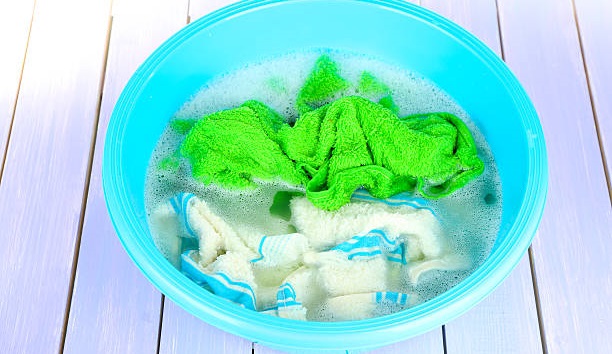
It’s better not to take risks and always divide your laundry into three piles before washing: colored, dark and black, white and light.It is not recommended to combine them with each other; moreover, it is better to separate bright things by shades. To reduce the likelihood of staining to a minimum, it is worth conducting a rapid shedding test. Wet a cotton pad in clean water and press it onto the fabric for 10-15 minutes. If after the measured time the fleece becomes colored, the clothes will change color.
So that things don't fade
In some cases, washing light colors with colors is allowed. Provided that the user will reduce the risks through proper preparation and setup of the cycle. We are talking about the following mandatory manipulations:
- select a washing mode with a temperature of up to 30 degrees;
- turn off spin to minimum;
- turn all things out before putting them in the drum;
- Before washing, soak colored linen in a vinegar solution (soaking for an hour, observing the proportions of 1 tablespoon of 9 percent acid per 1 liter of water);
- use detergents for colored items (the packaging should bear the inscription “Color”);
- activate the EcoTime function.

An excellent solution would be to use special color-catching napkins. Their beauty is that they can absorb pigment washed off from things, protecting the rest of the clothes. We are talking about products from the following brands:
- Topperr Chameleon (costs about 400 rubles),
- Heitmann (cost up to 300 rubles),
- Paterra (about $2-3) and some others.
Color-catching wipes prevent white staining.
You can purchase such a napkin both in household chemical stores and through online suppliers. The number of shreds depends on the degree of filling of the drum: with a half load - 1 piece, with a full load - 2 pieces. It is worth remembering that the rags are disposable, change color after washing and are discarded.
Getting rid of the consequences of molting
If the precautions did not help and staining happened, then do not despair. In most cases, you can restore color at home, using either improvised means or special cleaners. So, the following methods are good for molting:
- peroxide (soak the stained item for half an hour in a solution of 5 liters of water and 20 g of peroxide);
- ammonia (for 5 liters of water, 1 tablespoon of alcohol and soaking for an hour);
- laundry soap (three bars on a grater, dissolve in hot water and leave the clothes in the soapy solution for 2 hours);
- lemon juice (good for local color spots, when applied to painted areas and left for 2-3 hours);
- toothpaste (used identically to citric acid);
- soda (dilute 5 tsp of powder in 5 liters of water and boil the soiled item in the resulting solution);
- dish gel (add one cap of the product to 5 liters of water and soak the clothes for 15 minutes).
You can bleach things with peroxide.
The easiest way is to bleach a newly dyed item. As soon as the laundry dries, the paint will firmly adhere to the fabric, and the process of removing it will be much more difficult. It is better not to delay and remove the planted stain immediately.
Professional preparations
Faded linen can be “brought back to life” with the help of store-bought products. They are more effective than traditional cleaners and easier to use, since there is no need to calculate proportions. The main thing is to choose a bleach that actually works. So, the following brands have proven themselves to be excellent:
- ACE gentle whitening (gel, costs about 100 rubles, good even in cold water);
- Chirton Oxygen (oxygen powder bleach costing 150 rubles);
- Vanish crystal white (150 rubles for 0.45 liters, and for the best effect, first soak the item for 6 hours, then wash).
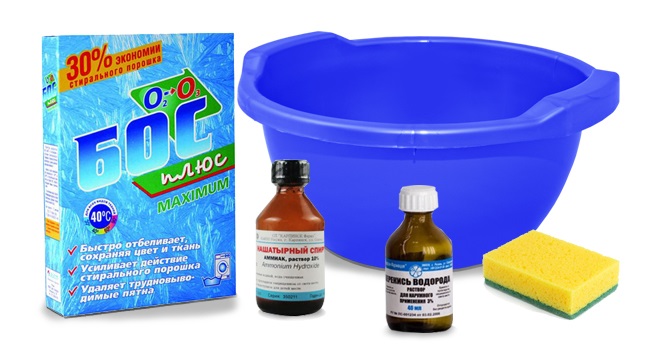
It is better to wash light and colored items separately, but if this cannot be avoided, reduce the risk of staining to a minimum. We have already told you exactly how to achieve this and what to do if you fail.
Interesting:
Reader comments
- Share your opinion - leave a comment

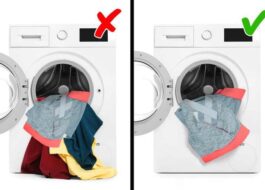
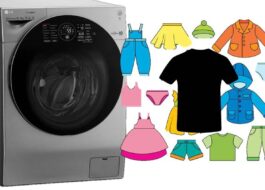


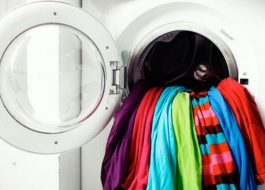
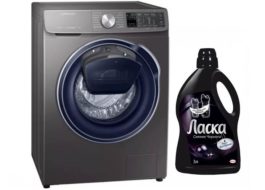














Add a comment